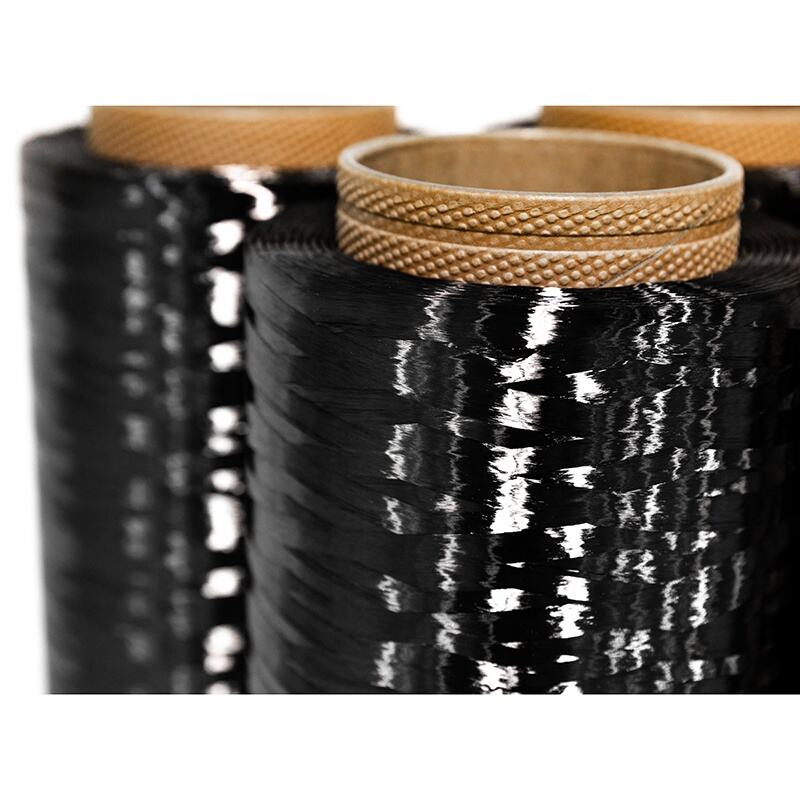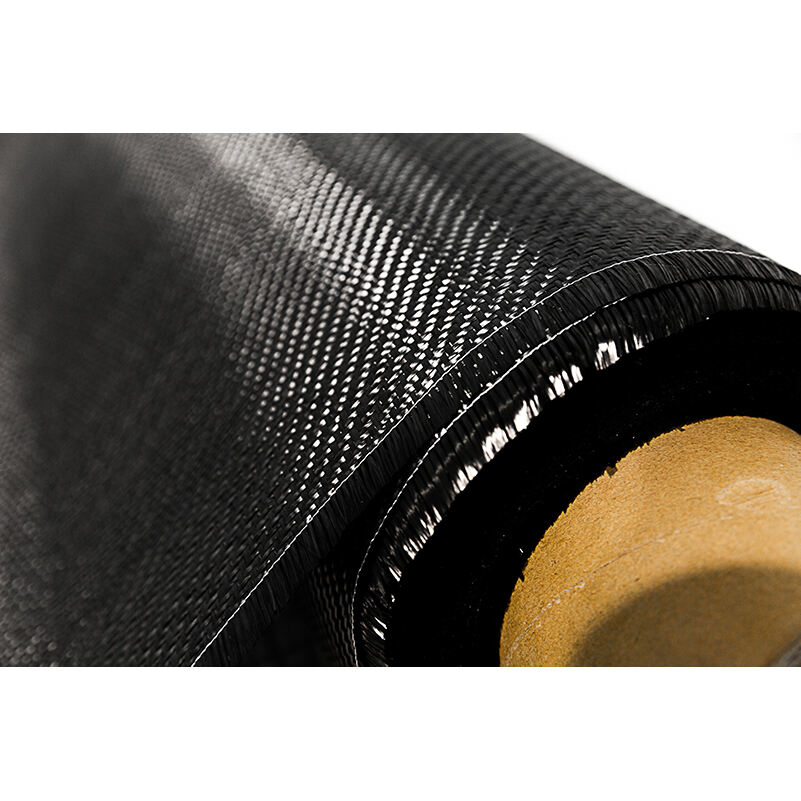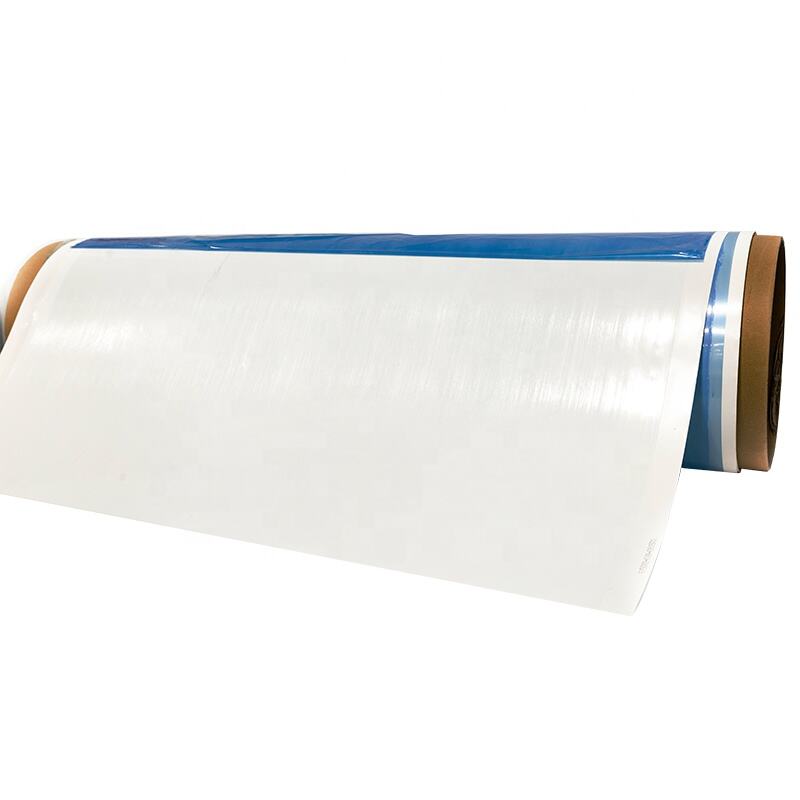carbon fiber in automobiles
Carbon fiber in automobiles represents a revolutionary advancement in automotive engineering, offering an exceptional combination of strength, lightweight properties, and design flexibility. This advanced material consists of thin filaments of carbon atoms bonded together in a crystalline formation, creating a material that is five times stronger than steel while weighing about two-thirds less. In automotive applications, carbon fiber is predominantly used in the vehicle's structure, body panels, chassis components, and interior elements. The material's high strength-to-weight ratio makes it particularly valuable in performance vehicles, where reducing weight while maintaining structural integrity is crucial. Modern manufacturing techniques allow carbon fiber to be molded into complex shapes, enabling aerodynamic designs that would be impossible with traditional materials. The implementation of carbon fiber in automobiles has evolved from limited use in high-end supercars to broader applications in luxury and performance vehicles, with some mainstream manufacturers now incorporating carbon fiber elements in their production models. The material's corrosion resistance and durability also contribute to longer vehicle lifespans, while its energy absorption properties enhance safety features in modern automobiles.


